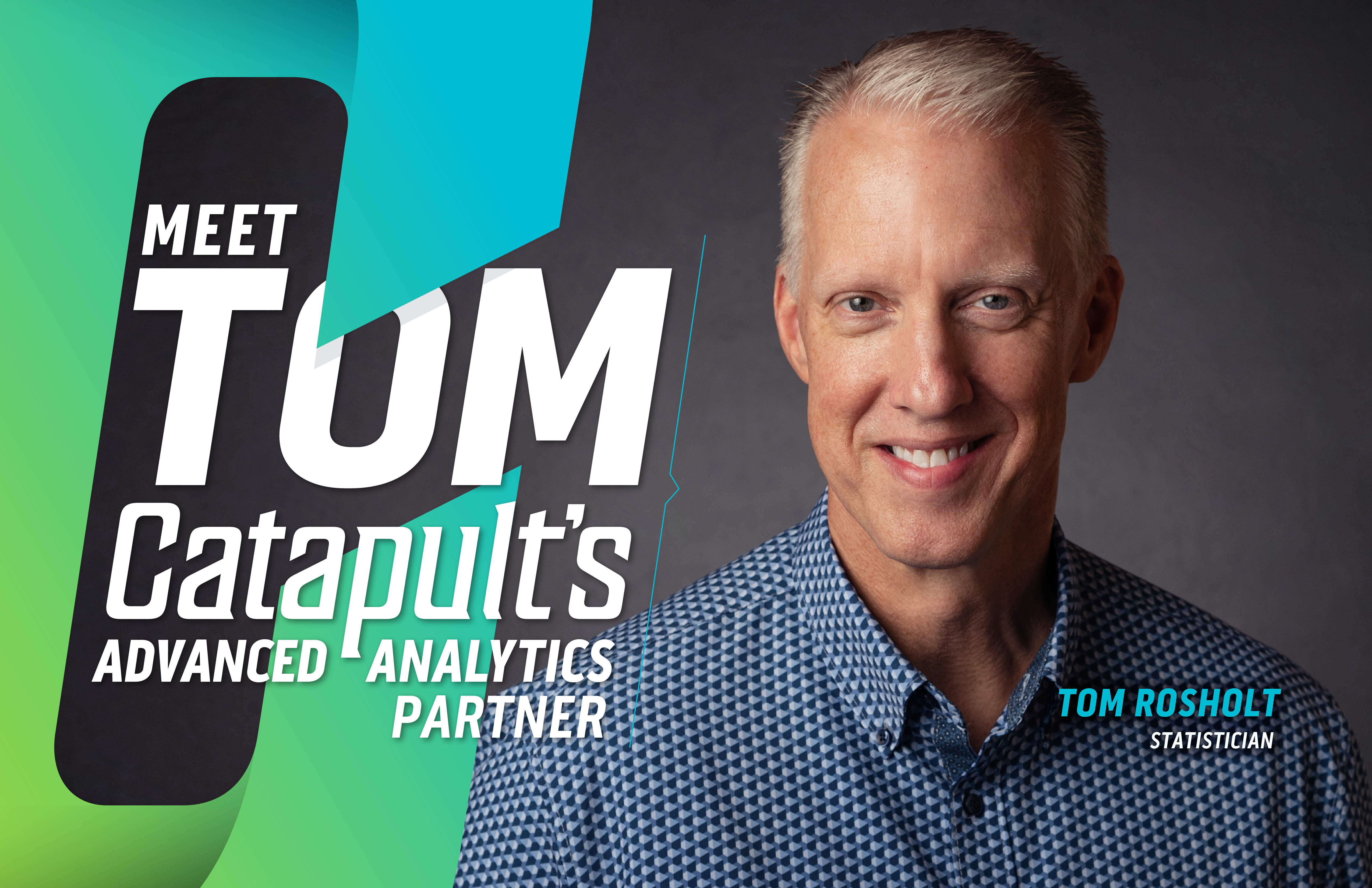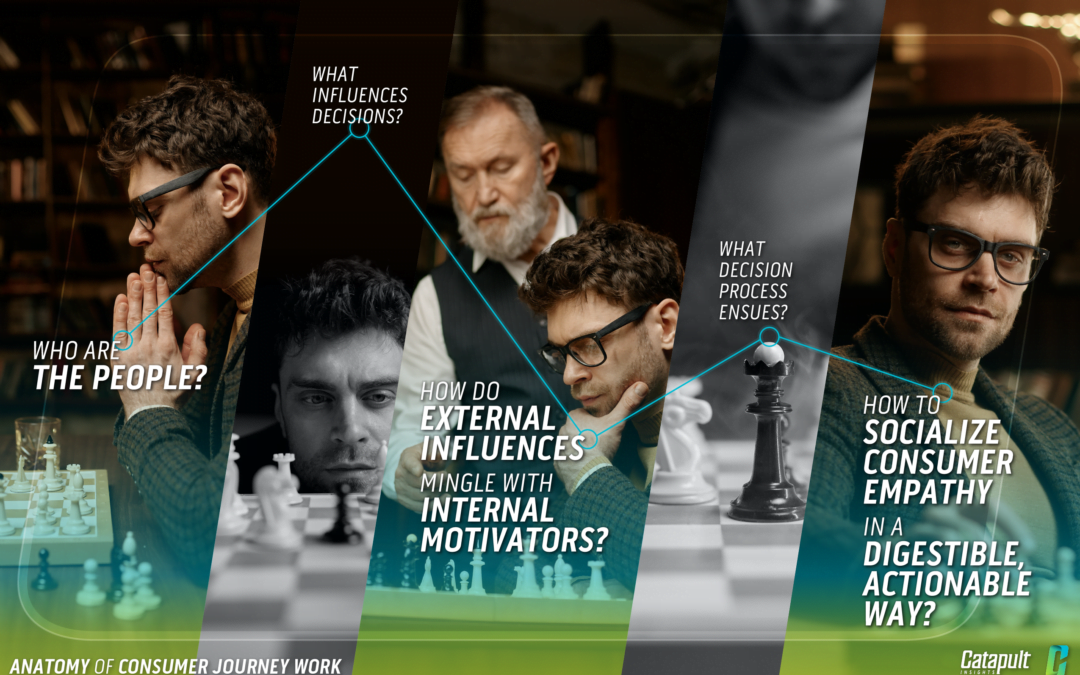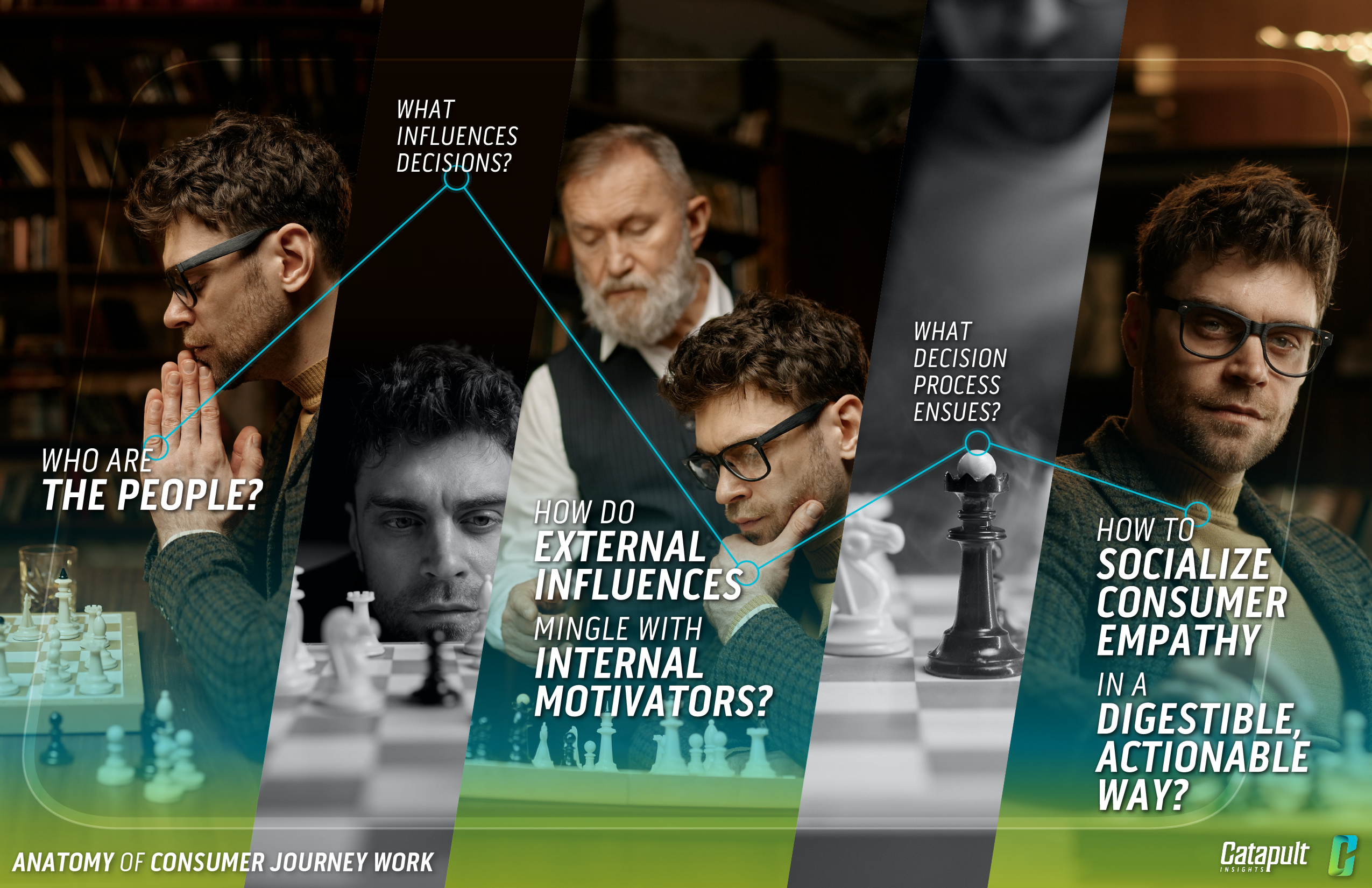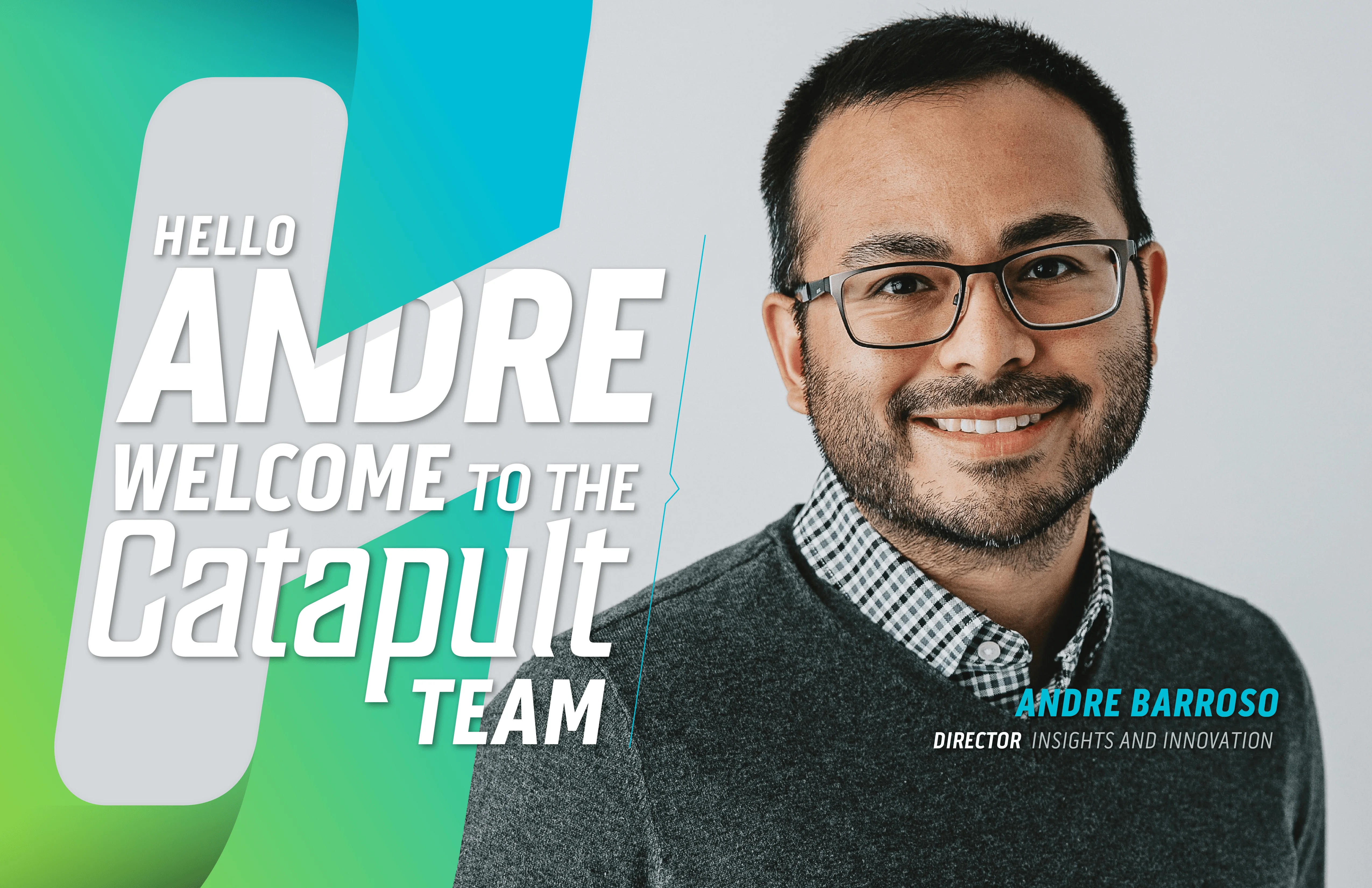
Catapult’s Core Elements of a Successful Segmentation
Catapult’s Core Elements of a Successful Segmentation
Over the course of my career, segmentation has become one of my specialties and something I’m very passionate about. I think it originally started from a place of curiosity both from a human behavior and statistical science point of view. I found it so interesting that through deep human understanding and some very fancy math, we could create these interesting and distinct groupings, and then use those groupings to drive product development, business strategy and marketing plans.
After many years and many segmentation studies across a variety of industries, my passion and interest hasn’t waned. In fact, I think it’s only grown as we’ve developed the Catapult approach to segmentation where we infuse our statistically driven process with a healthy dose of art and fun to ultimately land on an impactful and actionable solution. Everyone does it a little different, so here’s how we do it to ensure we create successful segmentation programs for our clients:
Begin with clearly defined goals.
Clearly defined goals and planned uses for the final segmentation are paramount to the success of the project. We start off by outlining who within the organization will use the segmentation (e.g., marketing, R&D, innovation, purchase channel teams, etc.), how they want to use it (e.g., marketing strategy, product development, etc.), and what they want to know. While this seems like an obvious first step, we’ve seen instances where this is just assumed to be known (when in many cases it is not), so to avoid that we always start our segmentation programs with an in-depth working session with all key stakeholders. This allows us to optimize the design around what we want it to ultimately do and for whom. We get this right because it’s a must.
Choose the right type of segmentation.
When it comes to segmentation, one size doesn’t fit all. Person-based approaches work well for many scenarios, but categories with frequent engagements where needs, behaviors, and attitudes vary by interaction often require an occasion-based approach to get to the most actionable and targetable solution. Knowing when and why to choose person- vs. occasion-based approaches (and how they can intermingle) matters.

Humans represent an X-factor.
People are curious creatures. Studying and taking into account their multidimensional and multi-faceted existence is necessary to understand and predict why they do what they do. We firmly believe that a strong segmentation solution must consider a variety of dimensions in order to really capture the true essence of people and how they approach the category.
Collaborate and iterate as one.
Segmentation without actionability is of no value. And segmentation should never be a black box process. We want our clients to understand, use, and rely on this work, so we work together to devise the right way to approach, analyze, and socialize segmentation. To reach these ultimate goals, we plan high-touch projects that keep client stakeholders engaged and immersed throughout the segmentation process. This includes reviewing solution options, brainstorming alternatives, and always keeping our end goals in mind. This process ensures we end the program with a solution of enduring value that our clients feel good about and can immediately act upon.
We are nothing if not for our past.
We believe it is important to honor past segmentations while also looking forward. Understanding the world, our client’s business, and previous segmentations help us build bridges between a new segmentation, what brought our clients to this moment, and where we’ll go tomorrow. To do this, we always start our segmentation programs by reviewing relevant research and any previous segmentation solutions with the goal of understanding what worked well, what didn’t, and how comfortable the organization is moving into a new solution. We use this as a guide for how to bring the team along to the new solution while still honoring what came before.
Science + Art brings actionability.
The perfect segmentation on paper must translate to the world we live in, otherwise it’s imperfect. Creating a statistically sound segmentation that checks all of our analytic boxes is one thing, but making sure it also helps our clients achieve their goals, is actionable, and incorporates industry knowledge is where the art brings the science to life. This is one of the most critical points for our clients to lend their industry expertise to the segmentation process.
Overall, segmentation is complex, detailed, exciting, and often brings a little bit of fun into our day as researchers. While the list of core elements we outlined above isn’t exhaustive, they serve as the building blocks for every segmentation we do. Keeping these core elements in mind throughout every step of a segmentation process helps us to ensure we’re creating solutions that will help our clients drive success within their organization… and maybe find a new segment to love.
JILL MILLER
CO-FOUNDER
CATAPULT INSIGHTS











